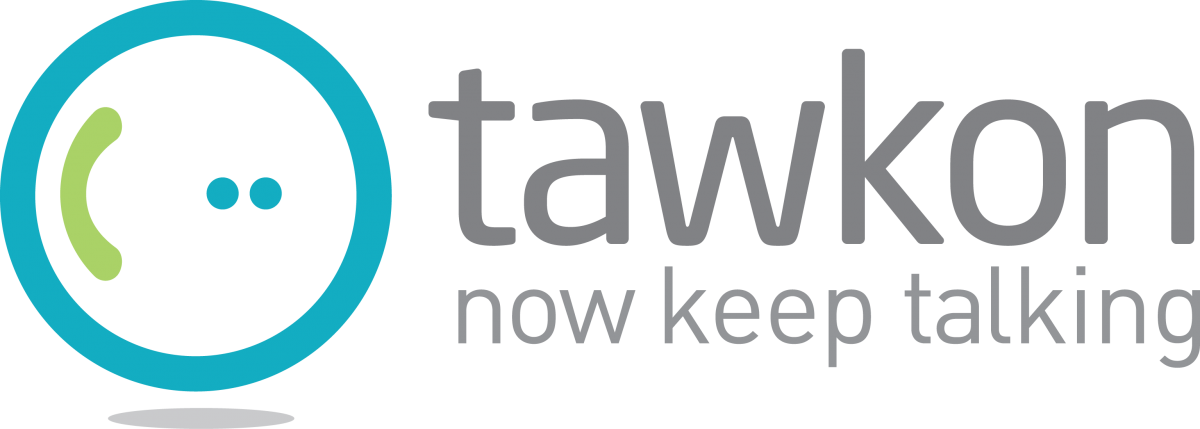We need to talk about radiation, specifically cellular radiation. It’s really something that we don’t like to think about, but considering how much we use our smartphones this is really something that we start a conversation about
One Israeli start-up wants to get the debate about mobile radiation going and it’s doing that by accessing firmware already on your phone but that you never get to see.
“All the required data about the phone power transmission is available and managed by the phone cellular protocol stack (a big chunk of software that manages the modem) our app interfaces with this software and extract all the required RF information (radio frequency) like – reception levels, network type, band and channel of operation, signal to noise ration, etc,” explains Mark Lerner, Marketing Manager for Tawkon.
Tawkon was established by three entrepreneurs, Gil Friedlander, Amit Lubovsky, and Ori Goshen, back in 2009 with the aim of providing solid data to those urban myths surrounding cellular radiation. After some development and a healthy series of investment Tawkon launched its first app. But it wasn’t plain sailing; after their iOS app was rejected by Steve Jobs himself in 2010 the company launched its beta app for Android in 2011. Just over a year later the full Android app hit the Google Play Store, where it’s available for download.
The app works by monitoring how you use your smartphone and calculates in real-time the level of cellular radiation that you’re being exposed to. Email reminders at the end of each week show you your total level of radiation exposure and provide recommendations on how you can reduce it.
“The goal of the app isn’t to scare anyone, but allow people to talk as much as they want without worrying because when their phones start giving off high radiation they will be warned by the app and suggested ways to lessen the exposure (like using a headset, or speakerphone),” says Mark.
But Tawkon didn’t just create an app that guesses how much radiation your phone is exposing you to – it’s doing some hard math to actually measure how much radiation your phone is exposing you to.
In 2011 the app’s creators asked a lab accredited in measuring device radiation to analyse its results against FCC standards – reporting in 2012 the lab confirmed the app’s effectiveness at measuring cellular radiation. But even though the app’s measurements are accurate that doesn’t mean that the developers want users to stop using their phones. The app, Mark explains, isn’t an attempt to scaremonger;
“We aren’t saying that people should be too scared to use their phones because of radiation,” Mark explains, “quite the opposite. In fact, the majority of the time phones are operating at low radiation, but the level of exposure someone gets from a phone at high radiation for one minute is the same as they would get for five hours at low radiation.”
Mark says that typically the radiation emitted by a smartphone is quite low – the FCC says that smartphones can emit radiation with an SAR value of no more than 1.6W/Kg. The SAR value is the Specific Absorption Rate of the human body and is a measurement of the amount of power/Watts (in this case radiation) absorbed per mass of tissue/kilograms (the W/kg number above).
Using this as the threshold, Mark explains that the app monitors when a smartphone’s radiation levels approach this (taking into account whether the user is using headphones or Bluetooth and their distance from the nearest cell tower) before advising them on how to reduce their exposure;
“All the data is injected to the Tawkon algorithm, and dynamic SAR values in real-time are calculated. Whenever pre-configured SAR value threshold is crossed the user will be alerted.” And that, says Mark, is how an app can protect you from radiation.













